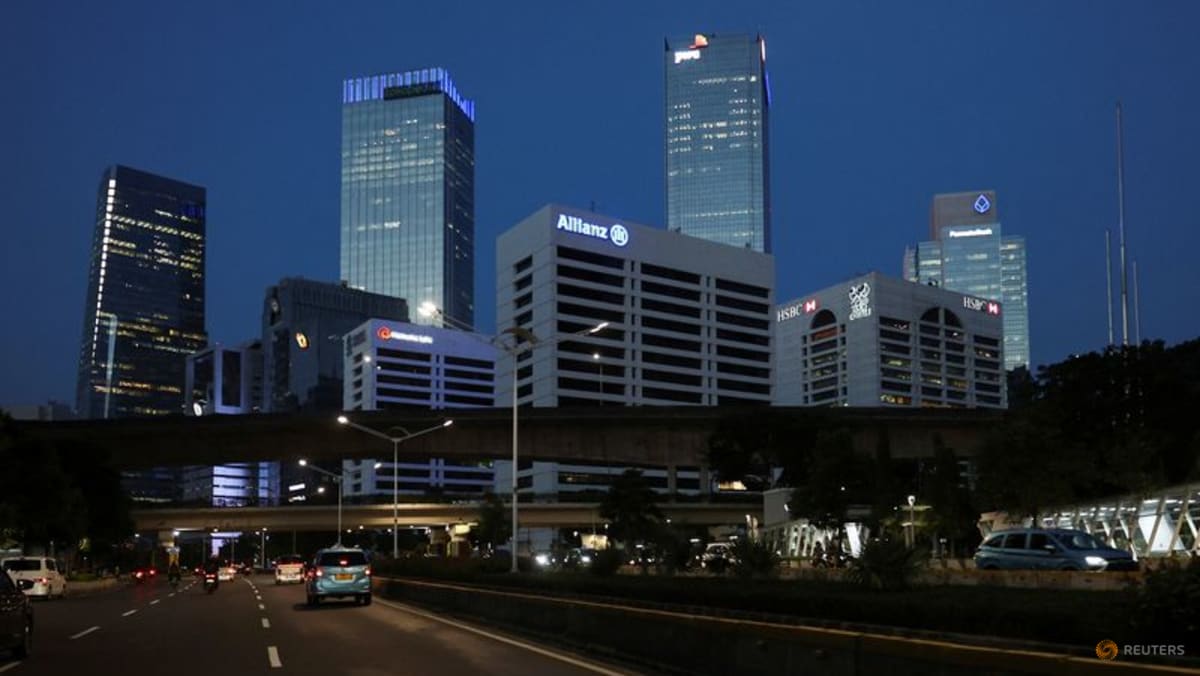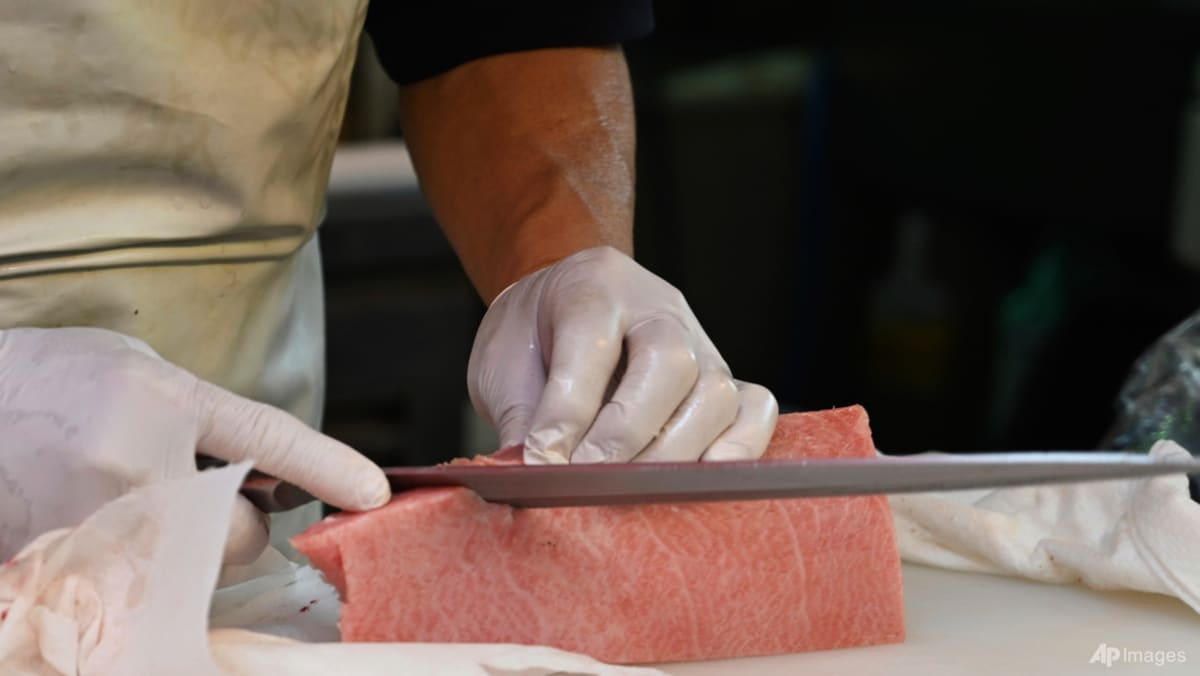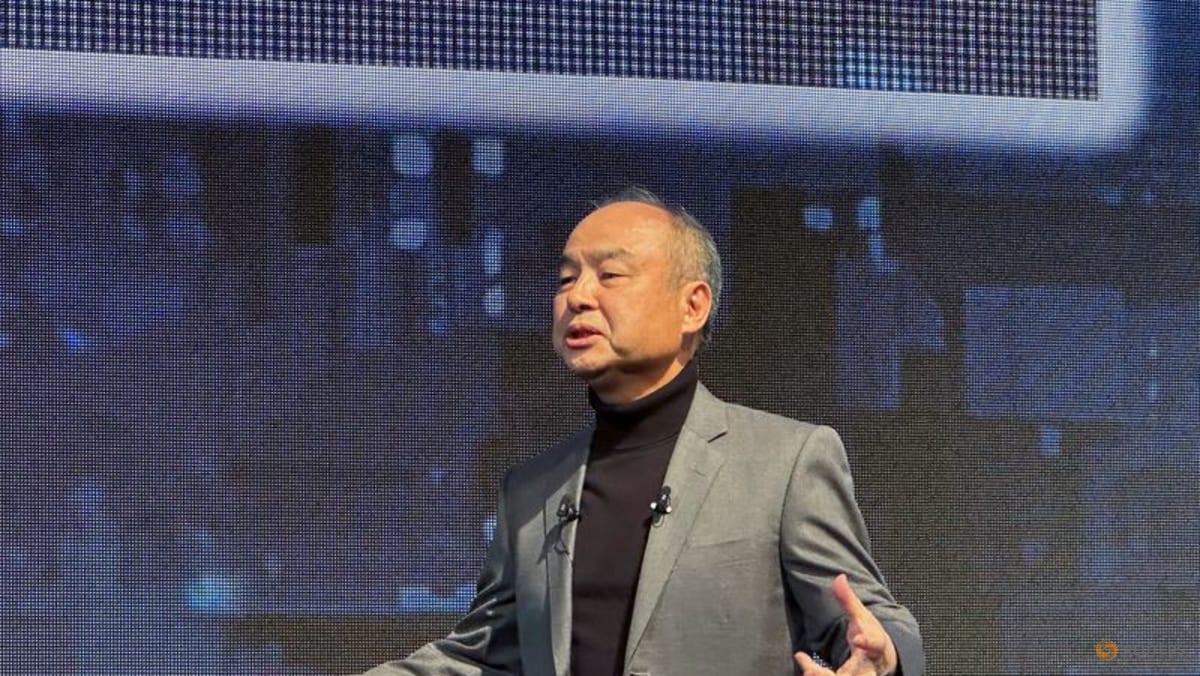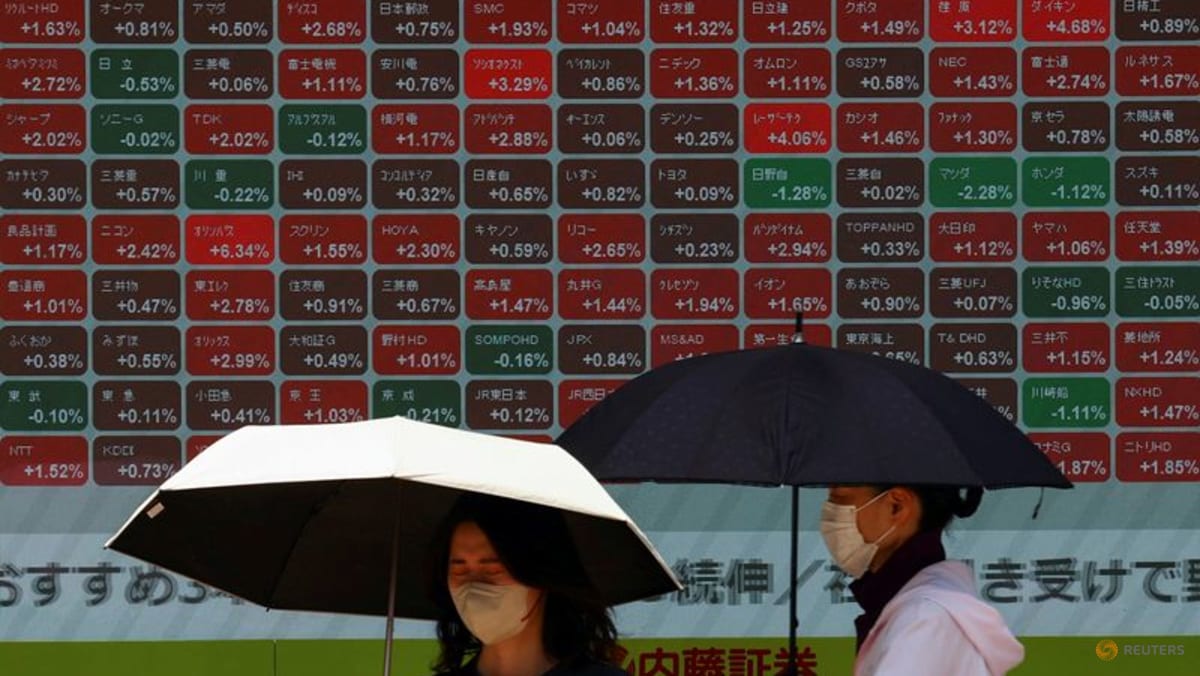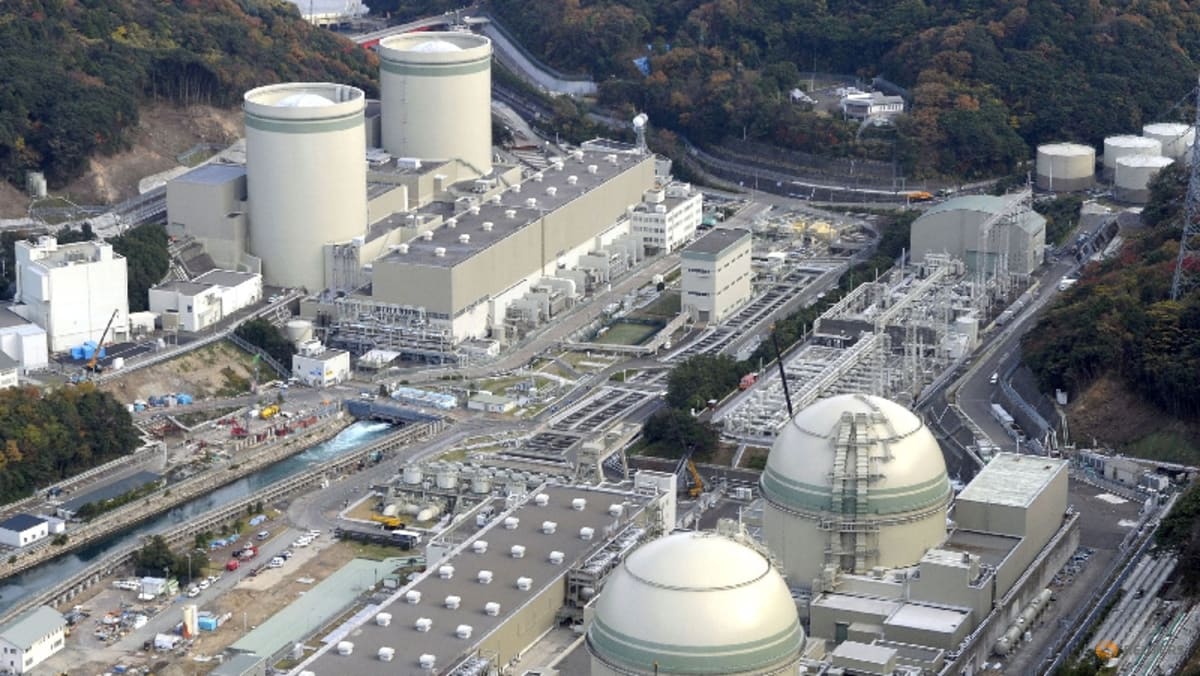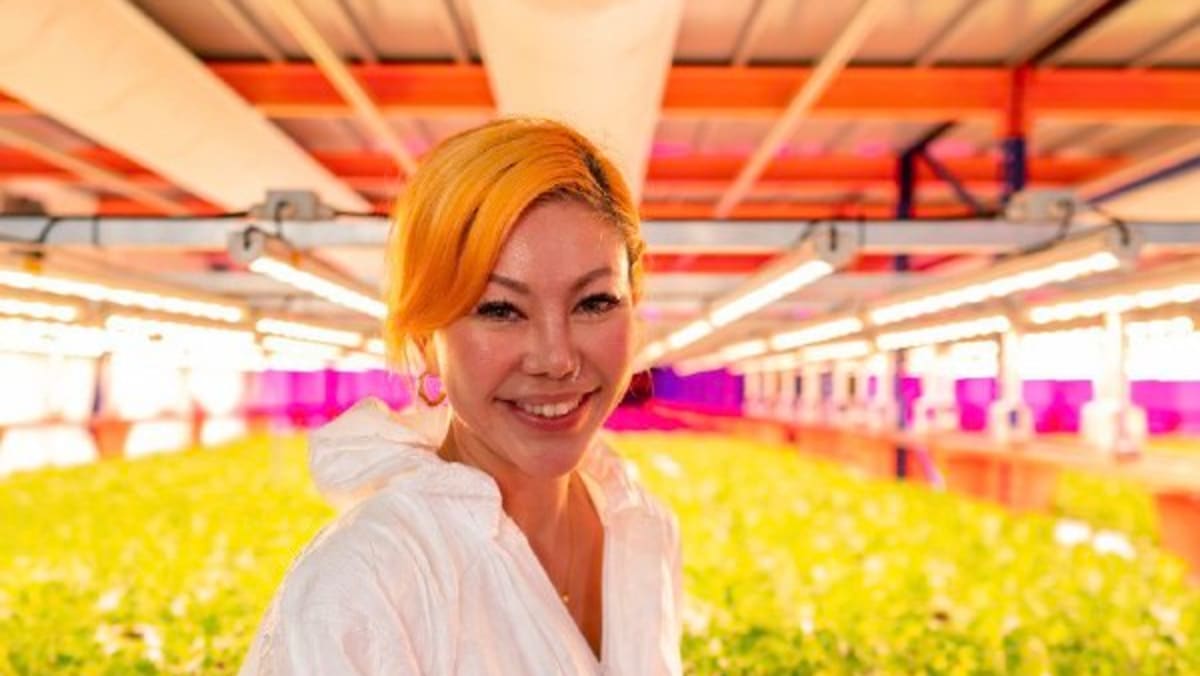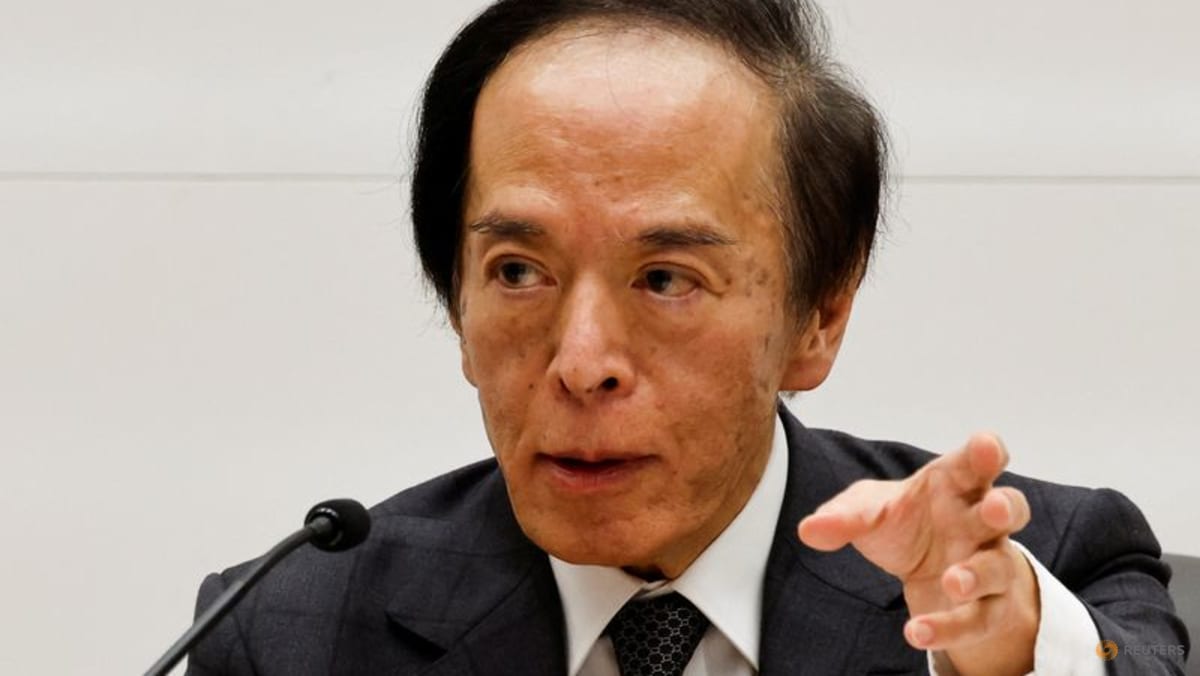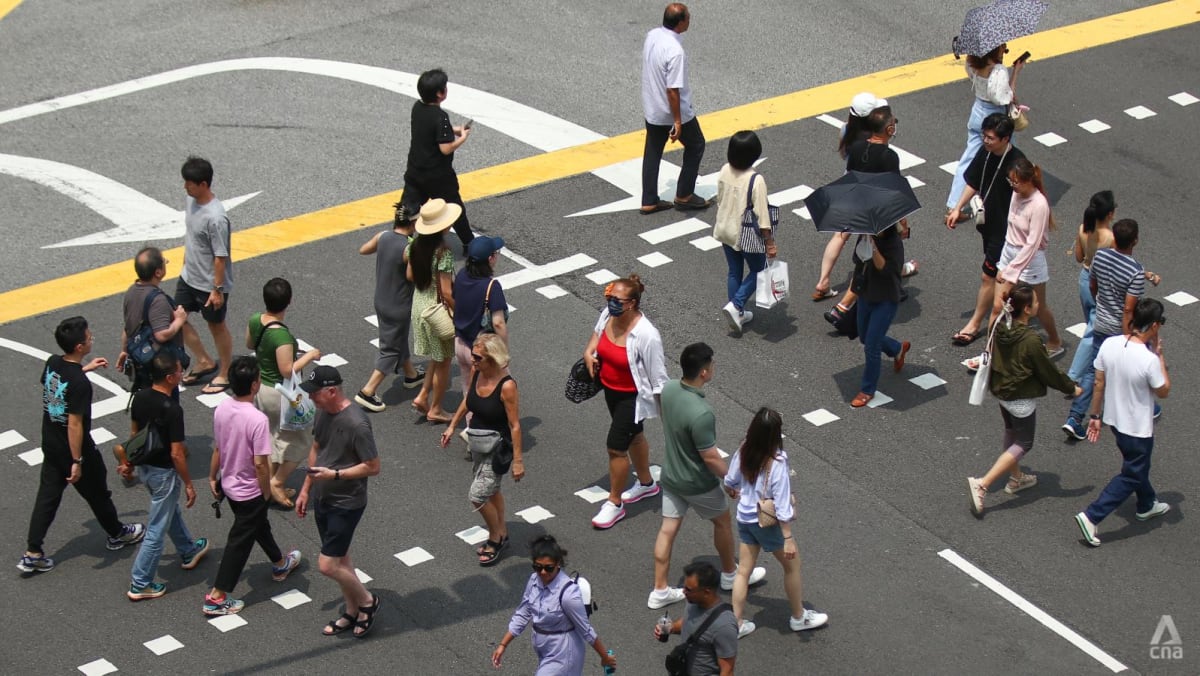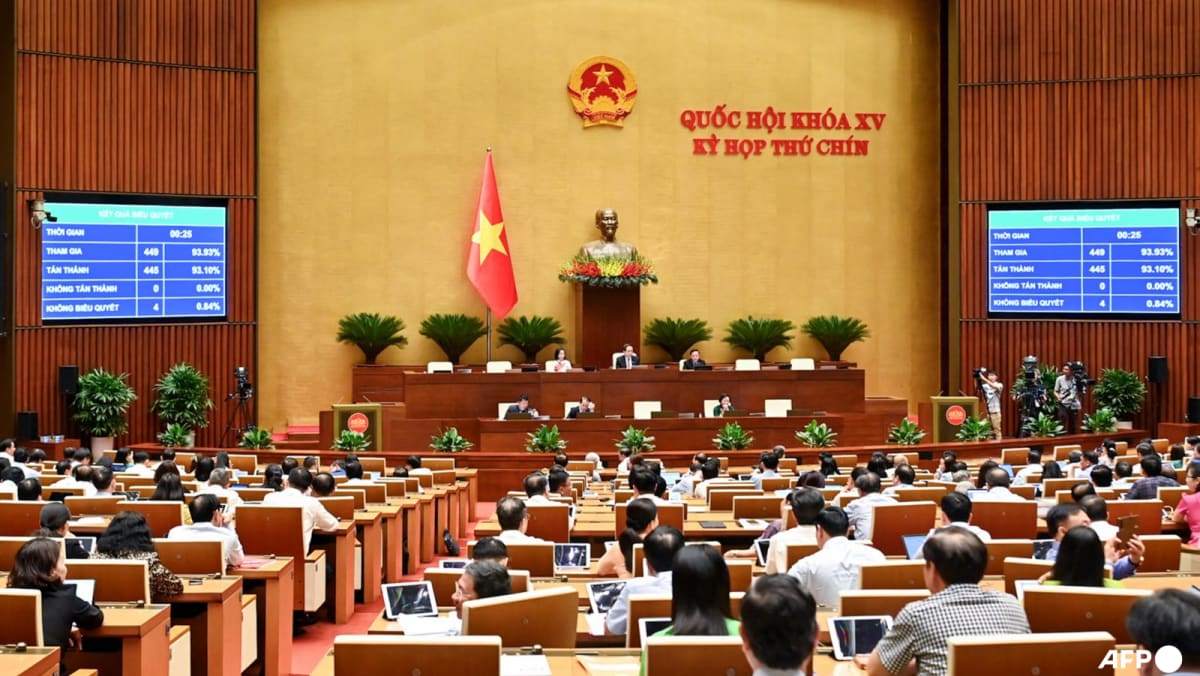SINGAPORE: The increase in seller's stamp duty (SSD) and holding period for private properties is meant to curb speculative growth and is expected to have a limited impact on the property market, analysts said.
On Thursday (Jul 3), the Ministry of National Development (MND) announced that the holding period for private properties will increase from three to four years.
Those who sell their property within four years of the purchase will also incur higher SSD, by 4 percentage points for each tier of the holding period, up to a maximum of 16 per cent for those who sell within a year of the purchase.
The changes will be in effect for all private residential properties purchased on and after midnight on Friday.
INCREASE IN SUB-SALES SINCE COVID-19
In introducing the tighter rules, the ministry said that there has been a significant increase in the sub-sale of units that were not yet completed.
Market analysts said that the proportion of sub-sales in the market has been increasing steadily since the COVID-19 pandemic.
Using data from the Urban Redevelopment Authority (URA), senior director of data analytics at Huttons Asia Lee Sze Teck showed that the proportion of sub-sales across all private residential properties increased from a low of 0.9 per cent in 2020 to a peak of 6.8 per cent in 2023.
The proportion has since tapered down to 4.4 per cent in the first quarter of this year and 4.5 per cent in Q2 2025.
ERA Singapore CEO Marcus Chu noted that since 2021, there had been a "significant jump" in sellers who sold their homes after holding them for between three and four years.
Focusing on non-landed private homes, Mr Chu said that URA caveats show that in 2020, only 358 sellers sold their homes after holding them for three to four years, said Mr Chu.
Last year, this number surged to a peak of 2,104 sellers, he added.
Mr Chu said non-landed private homes in the Outside Central Region saw the highest volume of homeowners selling within three to four years, followed by the Rest of Central region and Core Central Region.
Despite the increase, Mr Chu said that the majority of homeowners continue to sell their properties after holding them for five years or more.
Accounting for the increase, executive director for research and consultancy at Savills Singapore Alan Cheong said that private residential prices remained pretty flat until just after the pandemic, when relaunches came and prices "gapped up".
"Naturally, those who bought into the 2018, 2019 period would have a windfall gain. And because of their profit, they will naturally flip," said Mr Cheong, adding that these were mostly Singaporean buyers who were waiting for their properties to reach completion.
"And just before completion, another new project gets launched, and this time around, the prices gapped up in the market," Mr Cheong said. "And those who bought ... fortunately or fortuitously for them, they see that massive gap up, and they are holding on to a windfall profit. They will flip."
NO SIGNIFICANT IMPACT ON MARKET
Property analysts said that there would not be a significant impact on the market, with majority of genuine homebuyers and long-term investors unlikely to be affected.
Through the new measures, the government is discouraging short-term flipping and sub-sales, which have contributed to artificial demand and price volatility recently, 99.co's associate head of research Joel Lim said.
"This measure reinforces the notion that housing should be viewed primarily as a home rather than a quick investment vehicle," added Mr Lim.
Head of research and data analytics at Singapore Realtors Inc Mohan Sandrasegeran pointed to transaction data, which noted that average holding periods for sub-sale units remain relatively stable and in many cases, exceed the four-year threshold.
"This reinforces the view that recent market activity has been driven more by owner-occupiers and long-term investors rather than speculative flippers," Mr Mohan said.
The changes have minimal impact on investors and homeowners with medium- to long-term horizons, and may even contribute to greater confidence as the market is protected against speculative swings, he added.
Realion Group chief researcher and strategist Christine Sun noted that although the number of sub-sale transactions was higher than before the pandemic, quarterly transactions have been on a downtrend over the past few quarters.
"Furthermore, most condominiums are purchased for owner-occupation, especially after the additional buyer’s stamp duty (ABSD) has been raised several times. Those who buy properties for their own use will not be affected by the increased SSD, as they are likely to stay in the property for the long term."
She suggested that the policy changes were introduced as a preventive measure to limit speculative growth, since more condominiums are due to obtain their temporary occupation permit (TOP).
The number of sub-sale transactions might rise in line with the anticipated increase in private residential units securing TOP, which is projected to grow from 5,920 units in 2025 to 6,838 units in 2026 and further to 10,306 units in 2027, Ms Sun said. She also noted that several new projects are expected to be launched in the coming months.
Lower interest rates will make housing loans more affordable, which in turn may spur more buying activity, she added.
Huttons Asia's Mr Lee said that the tighter rules will reduce the number of sub-sales in the market, with the proportion likely to go below 2 per cent starting from 2026.
"The buyers who would otherwise have bought a sub-sale unit will buy from the new sale market now as the number of sub-sale listings will reduce," he said.
ERA's Mr Chu said that buyers have become more cautious alongside rising economic uncertainty in recent months, and more now see property as a long-term investment.
He noted that even without the revision, higher costs from elevated interest rates and property taxes have eroded profits, likely resulting in investors holding properties for more than three years.
"Since most homebuyers are genuine owner-occupiers or longer-term investors, this measure is a gentle touch rather than a heavy-handed approach on the overall market. It aims to stabilise any spikes caused by short-term investors.
"It is not designed to crack down on the market but to reduce the froth from investors who sell shortly after the third year."



